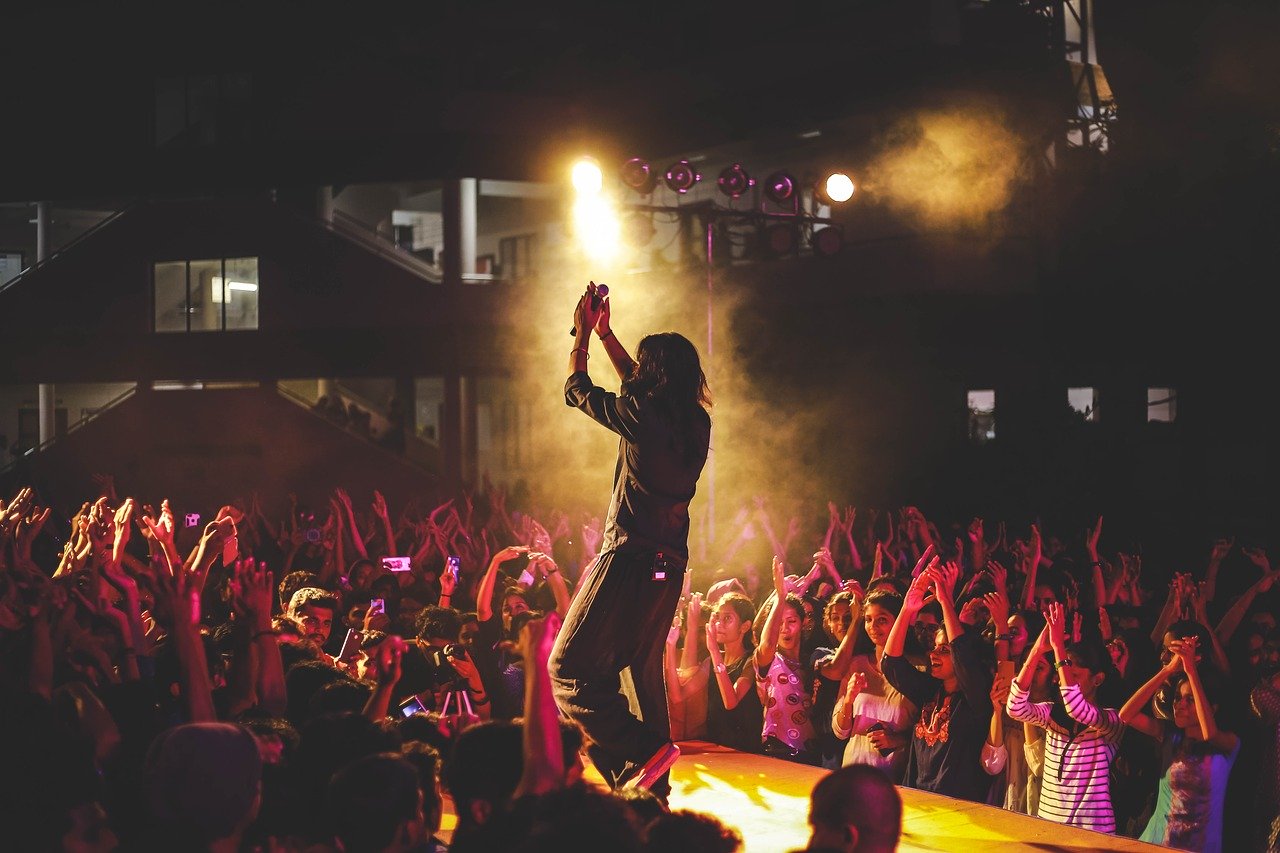
Those of you of a certain age will remember this blog post’s title as a (mostly) live Rolling Stones album title from way back in 1966. In those crazy days when the British Invasion ate the world, most of the music we were listening to was crisp, studio hits, the Stones came along with something more raw, real, and yes, live.
Hearing – and seeing – a band play live is one of life’s true joys (as we’re now being cruelly reminded of by COVID-19). And it’s the reason why so many record label promo guys and gals tried to get us radio people to the concert halls, theaters, arenas, and stadiums to see their bands play live.
As pristine as those studio sessions may be, where everything is perfectly equalized, mixed, synthesized, overdubbed, and tweaked, a live performance is none of those things. It’s always been about a band playing together in front of rabid fans where the music was meant to be heard and enjoyed. Seeing an audience feed off a band – and vice-versa – is one of the pure, raw ways to experience great music, amazing performers, and talented players doing what they do best.
For some artists, it was that live album that made their careers. It wasn’t until Live Bullet that Detroit’s Bob Seger truly broke out. Frampton Comes Alive propelled Peter Frampton to greatness. And the live performance film, Stop Making Sense, showed the world the Talking Heads performing live through the knowing lens of Jonathan Demme.
But over the last couple of decades or so, the world has shifted away from live, real-time performance, and into a content repository of on-demand shows, movies, and moments. That’s not to say live concerts haven’t been popular – because consumers still shell out billions of dollars to see their favorite bands perform live. But we have become abundantly used to seeing and experiencing pretty much everything we desire, wherever and whenever we like – from the comfort of our big screen TVs in our media rooms.
That’s the promise of on-demand, an ecosystem of music, films, documentaries, TV series, and other media catalogued and packaged for our access and enjoyment at the push or a button or the utterance of a voice command. We scroll through expanding menus of choices, trying to find just the right content to watch to suit our mood at that moment.
That’s how we’ve come to enjoy video – on channels like Netflix, Hulu, Disney+, and the many others that have or are being spawned as I write this post. In the middle of a global pandemic Jeffrey Katzenberg is hoping that you’ll shell out money every month to watch “Quibi” short videos, while NBC is banking you’ll add their new “Peacock” platform to your menu of on-demand choices when it goes on the market in July.
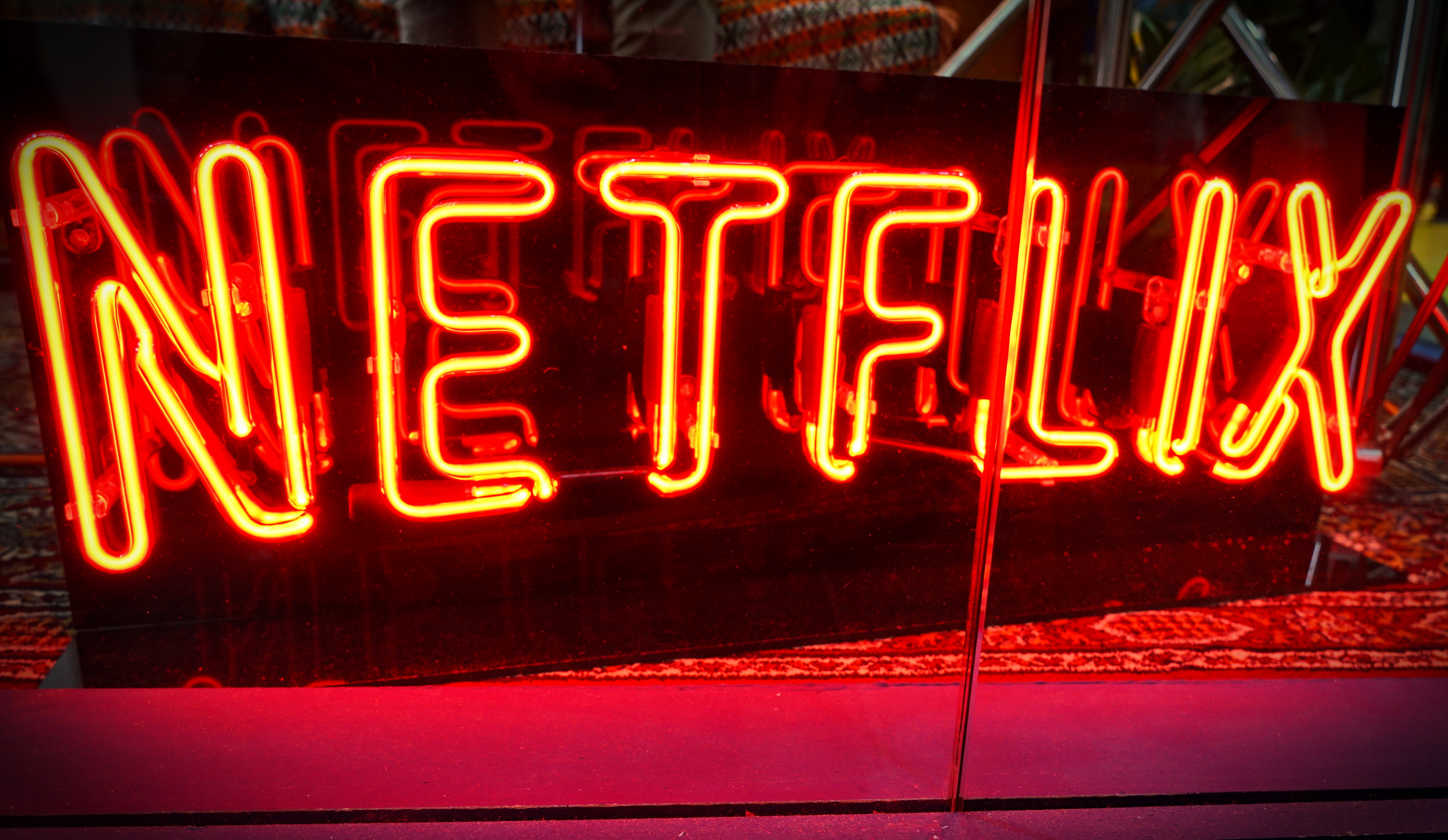 This year in Techsurvey 2020, we continue to see these subscription video channels grow more fans and time spent viewing, as almost every video streaming brand is showing sharp increases in users – with the exception of YouTube, ironically the online streaming channel that started it all.
This year in Techsurvey 2020, we continue to see these subscription video channels grow more fans and time spent viewing, as almost every video streaming brand is showing sharp increases in users – with the exception of YouTube, ironically the online streaming channel that started it all.
These days, we’re spending more time binging TV shows on channels like Amazon Prime, or wacky videos on TikTok than we are the amalgam of content – good, bad, and amateur – we’ve come to expect on YouTube.
And while podcasting lags well behind its video cousin, on-demand audio has taken flight these past few years, too. As we wrote in a post last month, there are now (more than) one million podcasts in the wild, available on smartphones, tablets, or laptops. Greater access on smart speakers could be the catalyst for stimulating a new deluge of podcast downloads.
While stay-at-home restrictions sure seem to have benefited Netflix these past several weeks, some of the other video streamers have had to become more aggressive marketers, extending free trial windows in the hope cooped up viewers become addicted to their content smörgåsbords.
But on the podcast front, the end result of isolation has been spotty at best. Some podcasts have held up well, others have fallen off, and folks with more time on their hands than ever have launched their own on-demand dreams. Perhaps part of podcasting’s challenge is that much like broadcast and satellite radio, listening frequently occurs while driving. And while many enjoy a good podcast while they walk, work out, or take mass transit, those everyday activities that have been curtailed for most people during the pandemic.
But it must go further than that. If you’re a big fan of a podcast, you can’t wait for that next episode to drop. Yet, in so many cases, a podcast is a 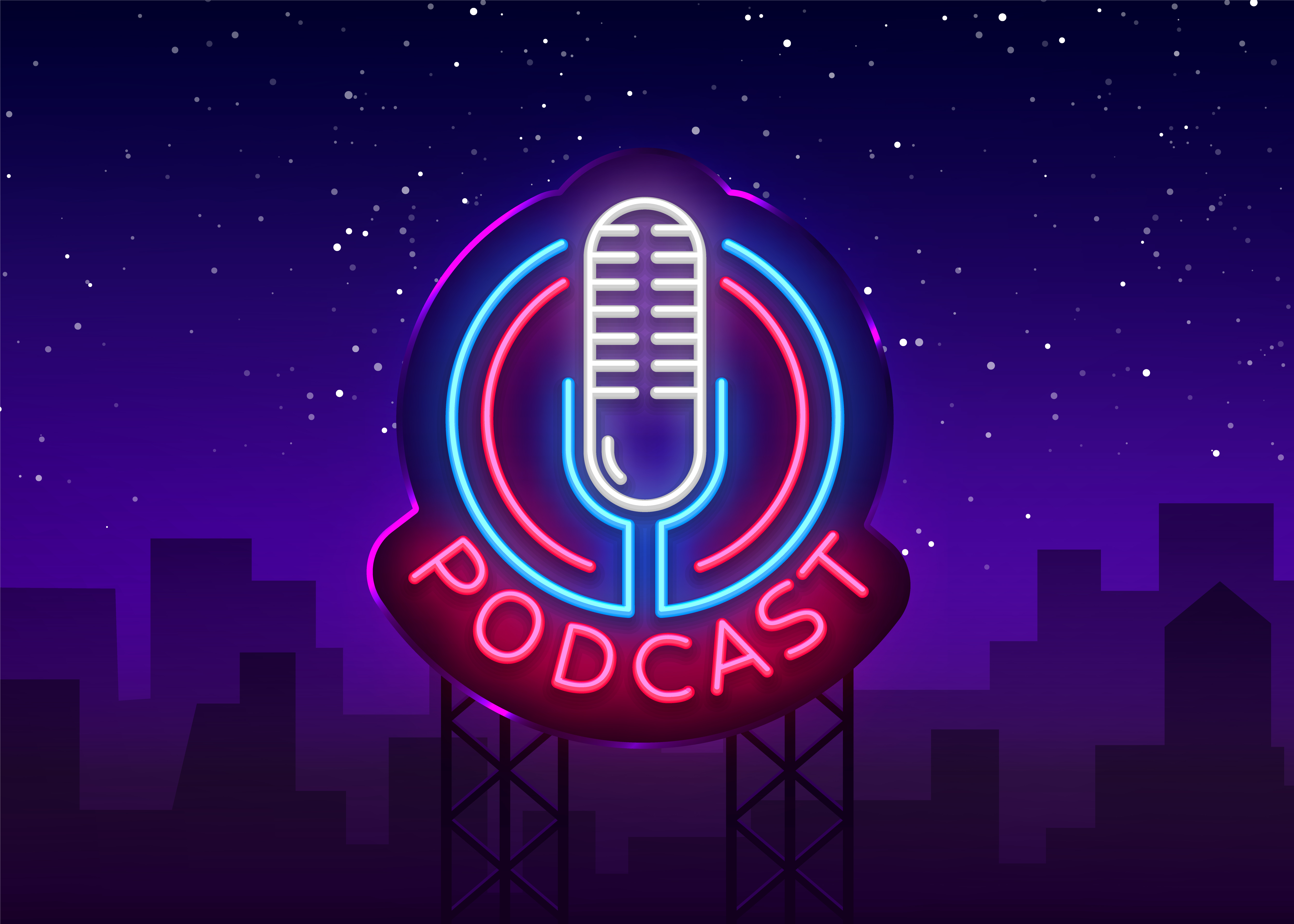 nice diversion, but lacking immediacy. These produced shows rarely pack that urgency to listen to them NOW. Instead, you can save ’em up for a moment when you have time to listen. Those who subscribe to several podcasts are well aware of the pile-up of content that takes place. Some you listen to, many you don’t.
nice diversion, but lacking immediacy. These produced shows rarely pack that urgency to listen to them NOW. Instead, you can save ’em up for a moment when you have time to listen. Those who subscribe to several podcasts are well aware of the pile-up of content that takes place. Some you listen to, many you don’t.
But in this crazy moment where it’s all about what’s going on in your town – RIGHT NOW – podcasts are a luxury, but not required listening. When was the last time someone suggested a podcast that you have to stop doing whatever it is you’re doing at that moment to listen? Maybe never. That’s the beauty of on-demand – it’s always there for you. And you can peruse all the old episodes and evergreen content whenever you feel like it.
But live content – that’s a whole different species. In a recent think piece that appeared in Drum – “Coronavirus: What A Time To Be Live” – Ben Jeffries, CEO of Influencer, a marketing company based in the UK, argues that platforms like Instagram Live are changing the way people consume content.
Jeffries lists three reasons why live content can be more compelling than pre-recorded programming:
- People want to feel connected – Isolation isn’t fun, so consumers want to latch onto something, interact with hosts, and each other.
- It’s real – In the midst of the pandemic, people are looking for authenticity, especially in the way creative people make their content.
- Live content is more interesting – Most people are truly bored at this point, and when content is coming at you live, it is often anything but mundane and routine.
And those are the same characteristics that define great live radio. Thanks to social media, radio now has more than the request line, broadcast radio is live (most of the time, at least), and anything can happen over the airwaves.
Jeffries gives us the perspective from London. But to get the viewpoint from Down Under, look no further than radioinfo’s Peter Saxon. His recent commentary came in response to a recent interview from Spotify’s CEO, Daniel Ek, about where audio is headed.
In an opinion piece quaintly titled, “Tell Spotify they’re dreaming if they think radio’s dead,” Saxon pushed back at Ek’s premise that on-demand will replace live media content.
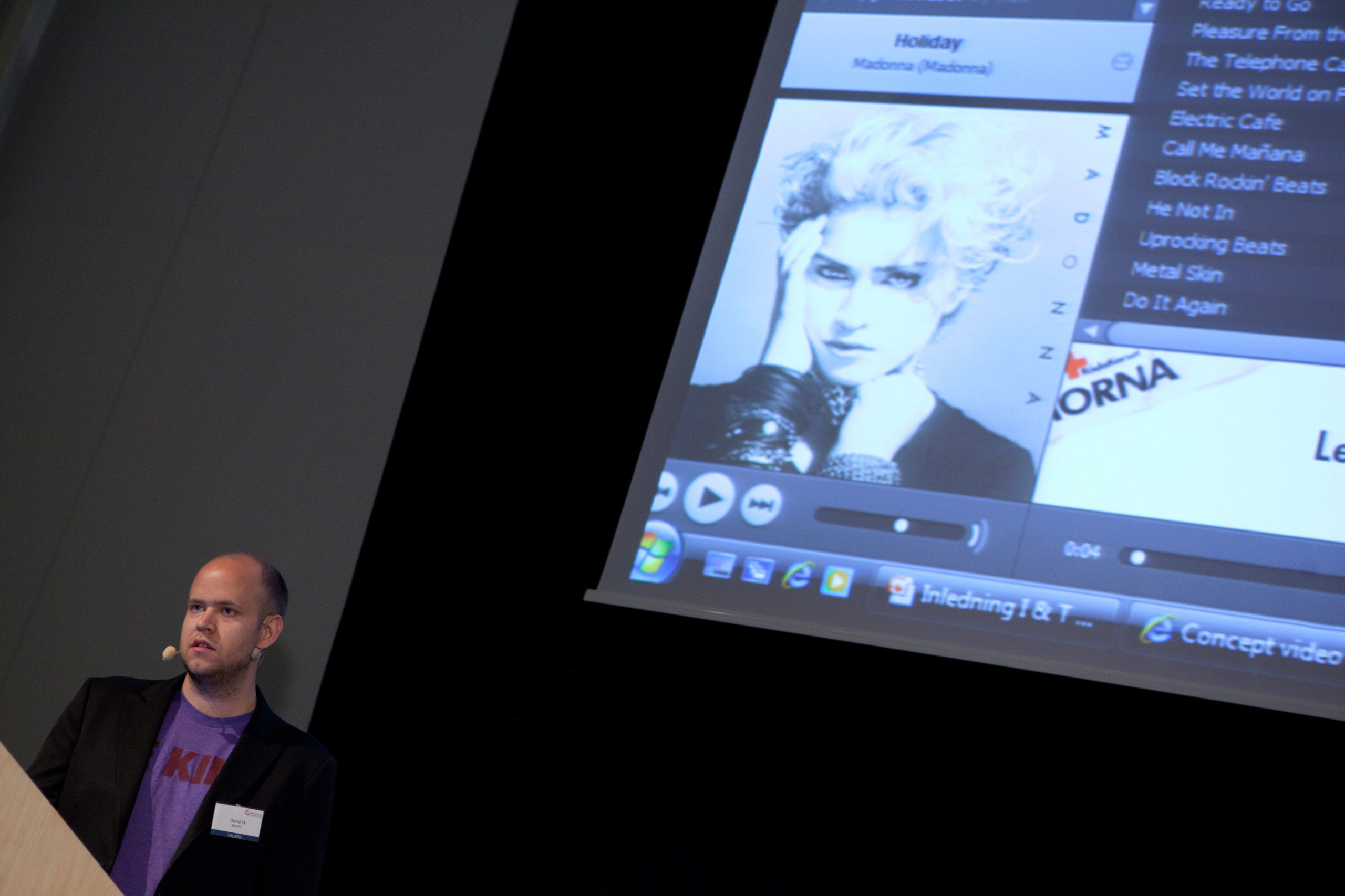
It turns out that while Spotify understandably has its focus on annihilating similar competitors such as Pandora or Apple Music, it is broadcast radio that’s really in his crosshairs. That’s because there are “billions of users” listening to what he refers to as “linear radio” all over the world.
But it was Ek’s comments about the inherent nature of radio and its future that stuck in Saxon’s craw:
“The big audio trend of the next 20 years is a move from in-ear to on-demand – in other words, from radio to streaming.”
Ek’s contention? That eventually, everything linear – or real-time – dies.
Saxon’s response?
While music services like Spotify have all but destroyed the idea of owning music – physical and digital – the notion that streaming will replace the real-time experience is just rubbish.
Saxon makes the case that services like Spotify lack human emotion and local context – two of broadcast radio’s “steel swords.”
And then he zeroes in on radio’s “real time” value – or what Ek refers to as “linear.” As Saxon points out, radio is about what’s happening locally, in the world, and in the moment. Like podcasts (which Spotify now leans heavily into), that last element is radio’s “superpower” – its ability to reflect the vibe, the ethos, the essence of what’s going on around you.
Of course, these are pro-radio arguments from two guys in the UK and Australia respectively. But what about here in the United States? Could we make the same case here?
Perhaps the most truthful answer is “Sometimes.” It is not hard – at least for me – to think of many, many examples of radio that can stand up to 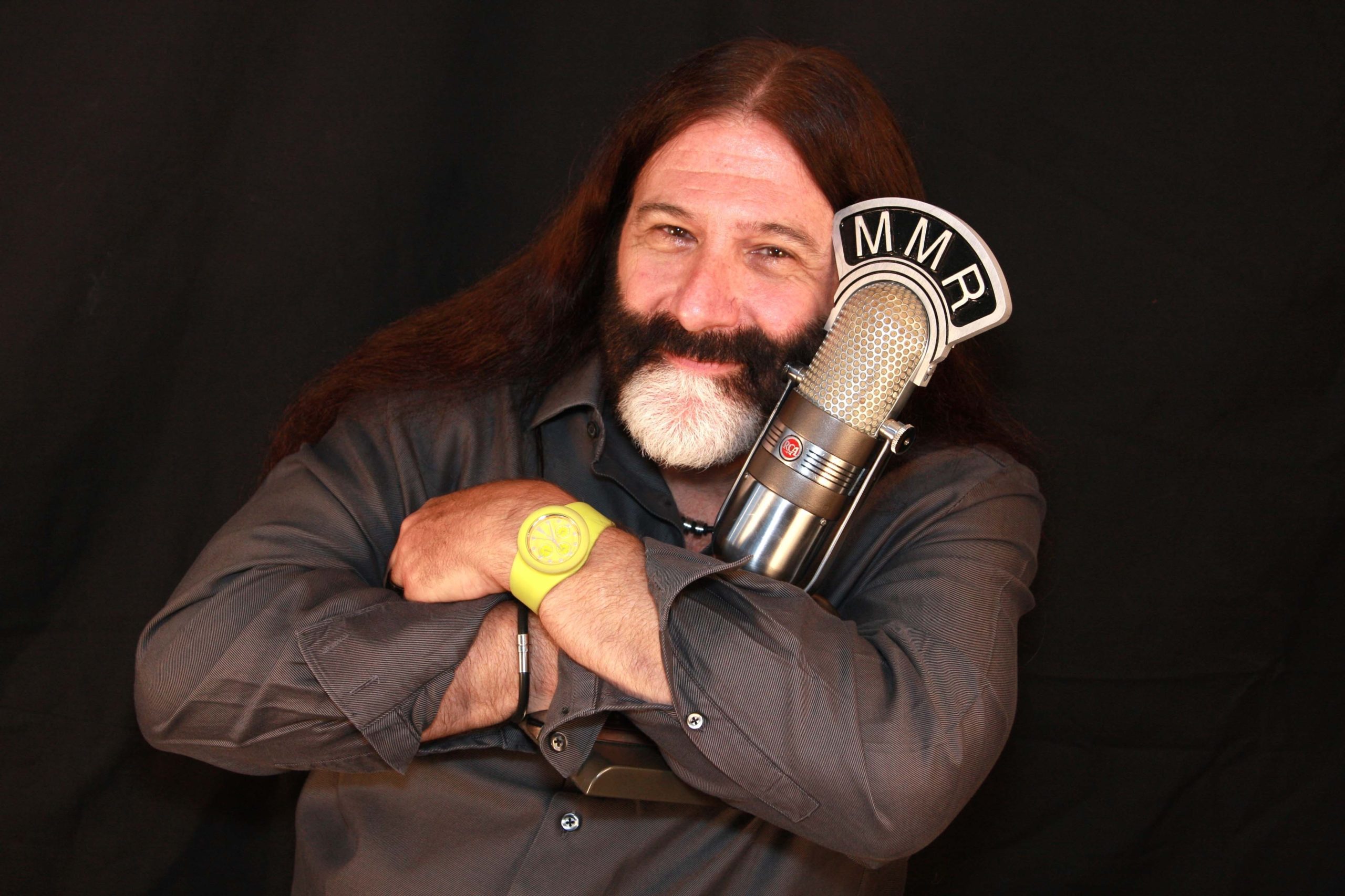 Spotify and all the other audio predators in the midst. As I have pointed out more than a few times in recent weeks, many stations have acquitted themselves well during the most dire emergency of our lifetimes.
Spotify and all the other audio predators in the midst. As I have pointed out more than a few times in recent weeks, many stations have acquitted themselves well during the most dire emergency of our lifetimes.
But it is just as easy to think of broadcast radio examples that aren’t so shining – stations that are mechanical, boring, and predictable – mostly because…well, they’re highly automated, under-staffed, and under-funded. Or they feature personalities going through the motions. They may indeed say they’re “live and local,” but they sure don’t sound like it.
And it’s also that many of the budgets cuts, dislocations, and so-called “reductions in force” that have taken place in recent months seem to always include people on the air – the very staffers who share in the responsibility of helping make their stations sound as vibrant and in the moment as possible.
Of course, another variable is station strategy. How they’re being trained, directed, and guided is the other side of this equation. Not every broadcaster believes the live and/or the local strategy is the best way to go.
But I would think that if you interviewed Daniel Ek or Tim Cook, and they were being totally truthful with you, they would tell you it is just these attributes that set broadcast radio apart from their services. Sirius/XM CEO Jim Meyer would likely explain that while his product features more variety with fewer commercials than live radio, his platform lacks the local underpinnings of broadcast radio. For as much money as they have and as profitable as they are, music playlist services and satellite radio lack that “got live if you want it” gene.
Yes, on-demand has a lot of attraction, as we know as consumers. But radio’s “secret sauce” isn’t that it’s prerecorded, preproduced, or rehearsed. When it’s on its game, there’s energy, spontaneity, and connection – qualities that can’t be touched by competitive platforms.
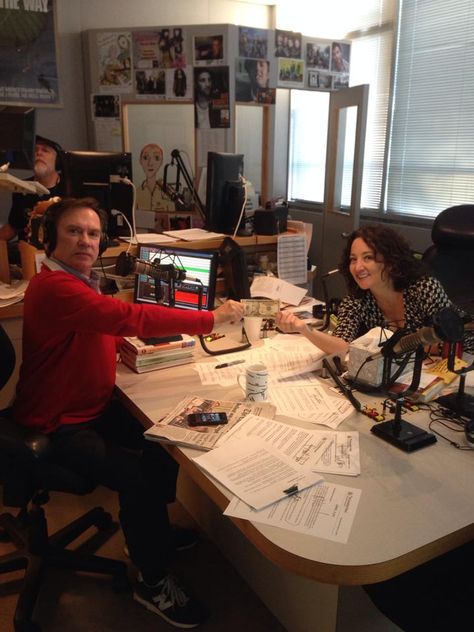 And then there’s the magic part. As someone who has worked in radio for 4+ decades, and walked into more radio control rooms than most of you will ever have the privilege of visiting, I can tell you there is still a crackle of energy when you open that door to the on-air studio.
And then there’s the magic part. As someone who has worked in radio for 4+ decades, and walked into more radio control rooms than most of you will ever have the privilege of visiting, I can tell you there is still a crackle of energy when you open that door to the on-air studio.
There is something electric, compelling, and special that happens while live radio is being made that can’t be duplicated anywhere else. You can see it in the eyes of guests and tours that come through the station. Even the jaded get a rise out of being in the room where radio is made.
The broadcast radio industry now finds itself in a unique window of time during this horrific pandemic – a new chance to remind consumers why live, in the moment, personality-rich radio is compelling, unique, and still viable – even in the face of podcasting, playlist services, and other shiny digital objects.
I was reminded of this last month when Paul and I were called out on Twitter by “Irish Dave,” a morning show host, to answer an important question about where the radio industry in the U.S. is headed.
We both ducked the question that day, but I’m putting it out there now.
@PaulJacobsMedia @fnjacobs why is radio letting so many people go but TV isn’t?
Why is it only American radio that’s cutting people all over the place?
I genuinely can’t believe what’s going on right now and how disposable people are in American radio.
— Irish Dave (@iamirishdave) April 9, 2020
Agonizing, right? And very representative of the feelings many on-air talent harbor at this critical moment in time.
We are all being tested by COVID-19 – how we think, how we do business, what we stand for. And as we’ve learned these past couple of months, there are many uncomfortable moments and tough calls that we have all been forced to make.
As the head of two companies, I would not take too kindly to outsiders criticizing my decision-making. So, I will not engage in second-guessing any of the executives forced to make these gut-wrenching choices as the economy implodes.
But I will say this – financial cutbacks must be precise and strategic in order to guarantee the enterprise will live to fight more wars, whether they’re against Spotify, Pandora, SiriusXM or the next new gunslinger in town. They all want a piece of what radio has, and at one time or another, they’ve all said as much.
That’s why it’s essential U.S. radio broadcasters keep their focus on what matters – not just inside their companies but across the entire medium. When radio’s leaders in the 1950’s faced off against the existential threat of that time – television – they did so during an economically robust, optimistic time in America, celebrating its recent victory in a world war, while optimistically looking forward to exciting and profitable times.
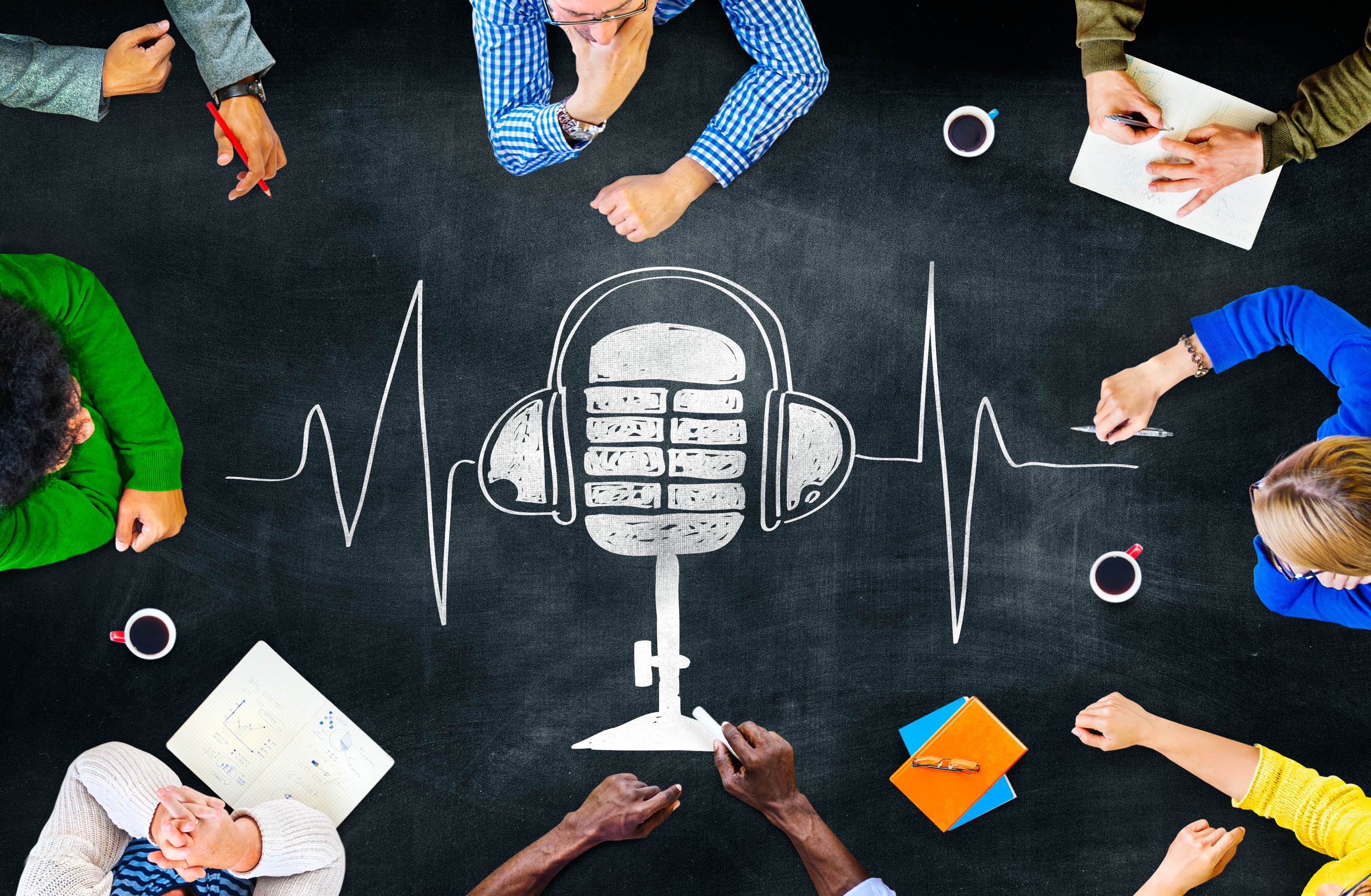 Today in our digital world, radio is facing a challenge every bit as onerous. Competitively, this is as big a threat as the “boob tube” (as it was derisively called back then) – if not bigger. Add to that a global pandemic and what certainly seems like a crippling depression that rivals what America endured some 90 years ago when Herbert Hoover sat in the White House.
Today in our digital world, radio is facing a challenge every bit as onerous. Competitively, this is as big a threat as the “boob tube” (as it was derisively called back then) – if not bigger. Add to that a global pandemic and what certainly seems like a crippling depression that rivals what America endured some 90 years ago when Herbert Hoover sat in the White House.
But here we are, trying to retain radio’s essence, while we evolve and transform the medium – even though the pillars of the economy and perhaps society seem to be crashing around us.
There will be more tough days ahead, chock-filled with more agonizing calls and impossible choices. I think we all share the hope radio can find a way to once again survive the odds, and come out of this thing with a renewed sense of energy and viability.
We can debate how to get there, but we’re in agreement that’s the goal.
In the final analysis, the onus will be on broadcast radio to re-prove its value proposition that “live and local” indeed matters.
One way or another.
Postscript: When I dug out “Irish” Dave O’Connor’s tweet from last month, I learned that he recently left radio to become the Director of Community Engagement for A Rosie Place for Children, a non-profit in South Bend, Indiana, that provides services to children who are medically fragile. Dave discovered them when he interviewed their CEO on his morning show back in 2018. He instantly fell in love with their mission.
Six years earlier, Dave emigrated from Ireland, having grown up in Dublin, and landed in South Bend, Indiana. I asked him why someone so devoted to  the medium would now leave it behind. “I got to a point in my life that I realized I loved radio more than it loved me,” he told me. With an expanding family to care for and a small market income, Dave walked away – the kind of dedicated and devoted talent radio sorely needs.
the medium would now leave it behind. “I got to a point in my life that I realized I loved radio more than it loved me,” he told me. With an expanding family to care for and a small market income, Dave walked away – the kind of dedicated and devoted talent radio sorely needs.
Dave left me with a message for everyone on the air: “I’d like to remind radio hosts that the talents we have developed are skills that so many other industries are crying out for. Don’t ever be afraid to step away and try something new. I was so afraid to leave radio but economically and emotionally it’s been a decision I don’t think I’ll ever regret.”
Hopefully, Dave made the right call – for him. As we know, many who leave radio somehow find their way back. Or not.
As for the rest of us, I can only hope we can evolve and re-craft the medium to retain its viability and place in the culture of America and the world.
- How Will Radio Fare In The Battle For The Fourth Screen? - April 3, 2025
- Like A Pair Of Old Jeans - April 2, 2025
- What’s Fair Is Fair - April 1, 2025




Beautifully written…..passionate…on point…..and a primer ALL radio operatives need to read, Fred.
Appreciate that, Biv. Be safe out there.
Slainte!
Sadly though, there were those who believed that dramatic shows like “Superman” and “The Lone Ranger” would never fade from radio. I was one of those little kids who would stay up late to hear The Lone Ranger. I think I was 7 when it went away.
Granted, radio reinvented itself in the 50s though- which is what got us where we are (or were). Lots of good points here though. While working at 55KRC in Cincinnati it was exciting when a newscaster came in with a breaking news story. We did it a lot. We had news teases every 15 minutes, and even had the traffic reporters teasing where they would be “live” next!! The reporters became the listeners’ friend. Of course we had competition (from 2 other big time stations) and the company had our back on that one. Today? Nah.
Different days indeed, Dave.
Pure and simple, the listeners are coming to radio more than they were, because we have always created the impression that we know what’s going on and will share valuable information with them.
Those radio companies who think the on-air talent is expendable in this crisis will be the ones who lose the most in the long run. Those that keep the voices that are already familiar (and comfortable) to the listeners and have them sharing information will be the winners, because even if your personnel are too busy gathering that information to “do their show” and the automation is running things between updates, they will be justifying the decision those listeners have made.
And thanks for taking the high road in not finger-pointing, Fred.
KM, thanks for these observations & for weighing in on this important issue.